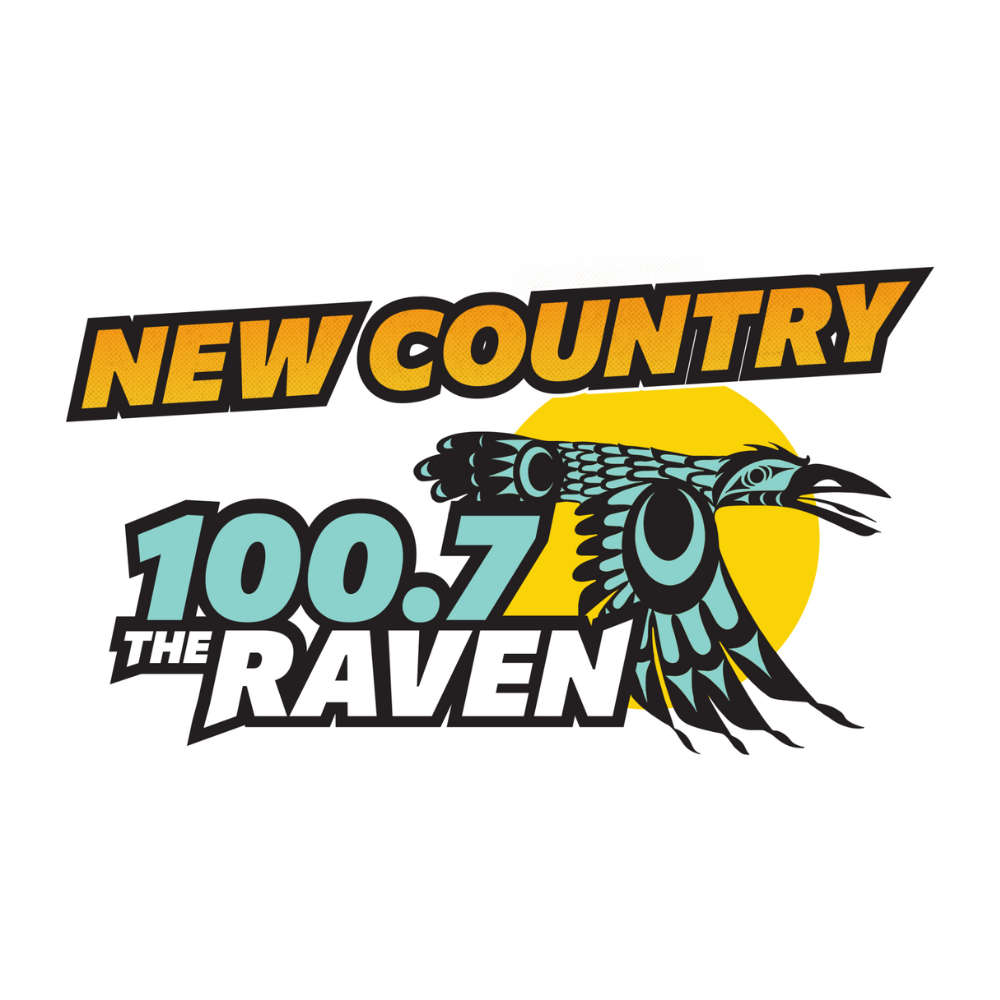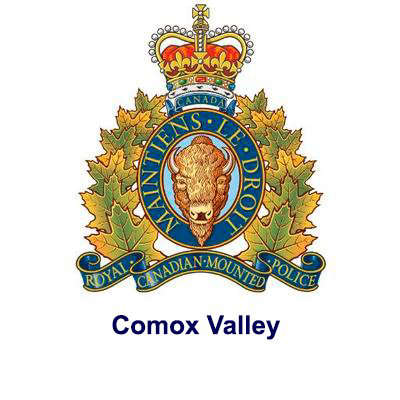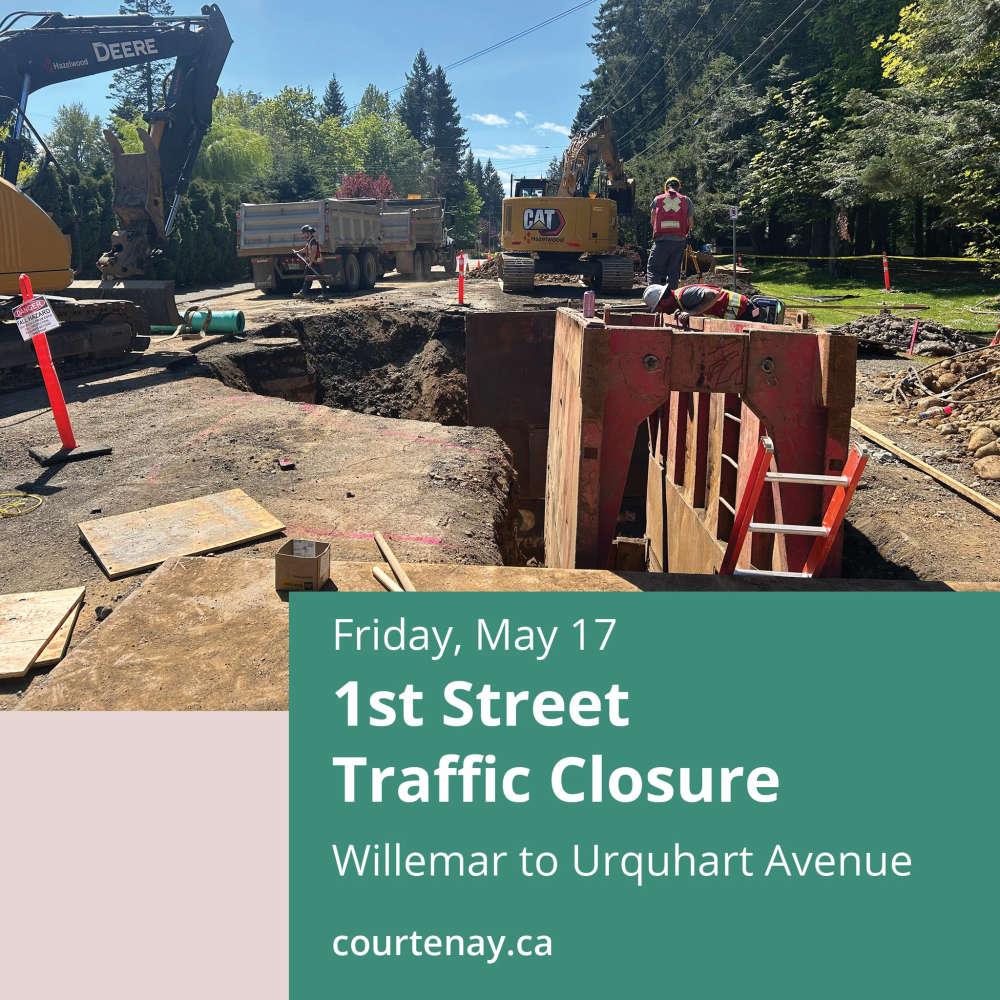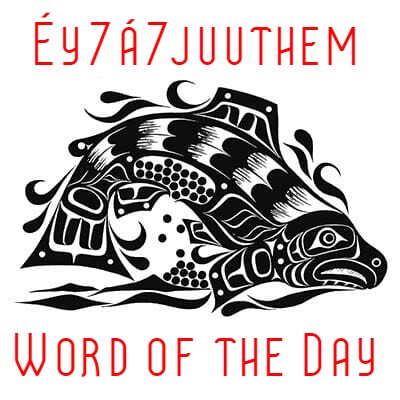
There is an update from the province on work being done to better connect people with primary care physicians.
Next Week, the Province will introduce new digital tools to better link patients with family physicians and nurse practitioners.
“Last year we made a commitment to better connect people with primary care providers, and we’re doing just that,” said Adrian Dix, Minister of Health.
“We said we would get a better understanding of current primary care needs and capacity, and we have. We’ve been working closely with our partners, and for the first time ever, we now know how many providers can take on new patients. This is significant progress that we’ll build on with more actions to keep connecting more people to a family doctor or nurse practitioner.”
It’s hoped that will significantly speed up the matching and attachment of patients with available primary-care providers.
An expanded team of 70 attachment co-ordinators linked with HealthLink BC will use the new digital tools that will make it faster and easier for them to connect people to a primary-care provider. In the past, this process was done manually.
Patients will be able to receive regular updates and have the option to provide up-to-date information on their health status.
To date, more than 87%, or over 4,500 family physicians and nurse practitioners have provided information on their patient panels.
Nearly 1,600 clinics have also provided their information.
To learn more, visit Government of British Columbia.

 Comox Valley RCMP Say Teenager Found Safe, But Seeking 53-Year Old Missing Man
Comox Valley RCMP Say Teenager Found Safe, But Seeking 53-Year Old Missing Man
 Communities To Celebrate Victoria Day This Weekend
Communities To Celebrate Victoria Day This Weekend
 A Lot To Enjoy At The Comox Air Show This Weekend
A Lot To Enjoy At The Comox Air Show This Weekend
 Road Closure On 1st Street In Courtenay Today
Road Closure On 1st Street In Courtenay Today
 Historic Haida Aboriginal Title Legislation Receives Royal Assent
Historic Haida Aboriginal Title Legislation Receives Royal Assent
